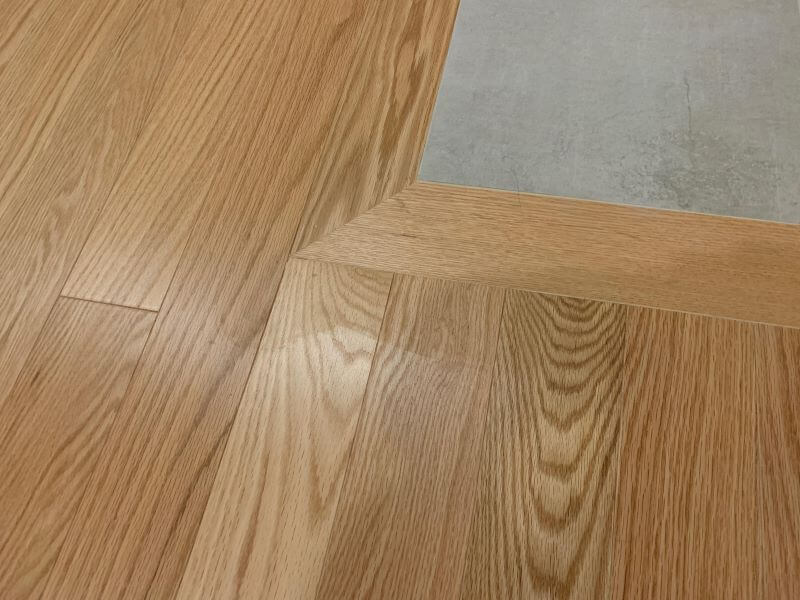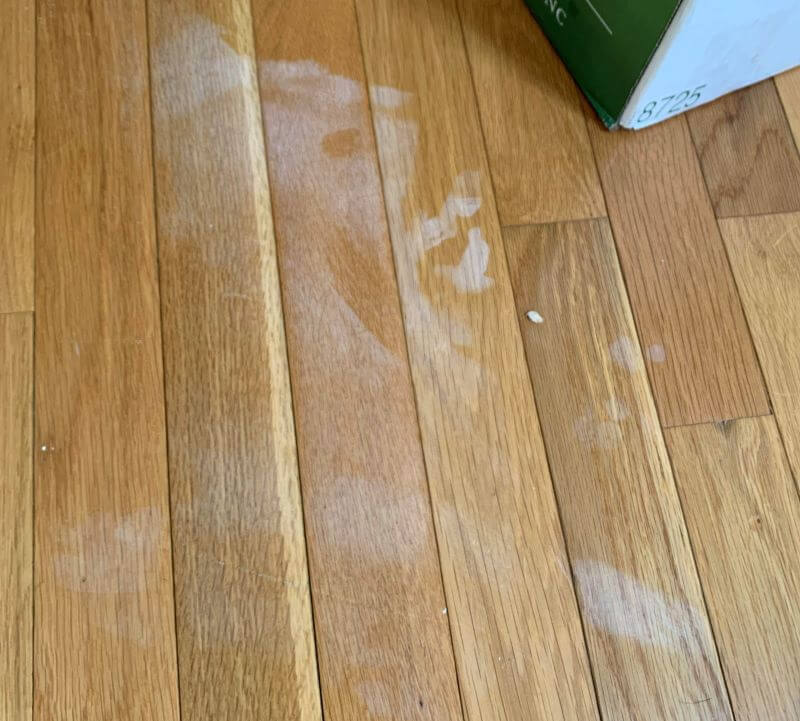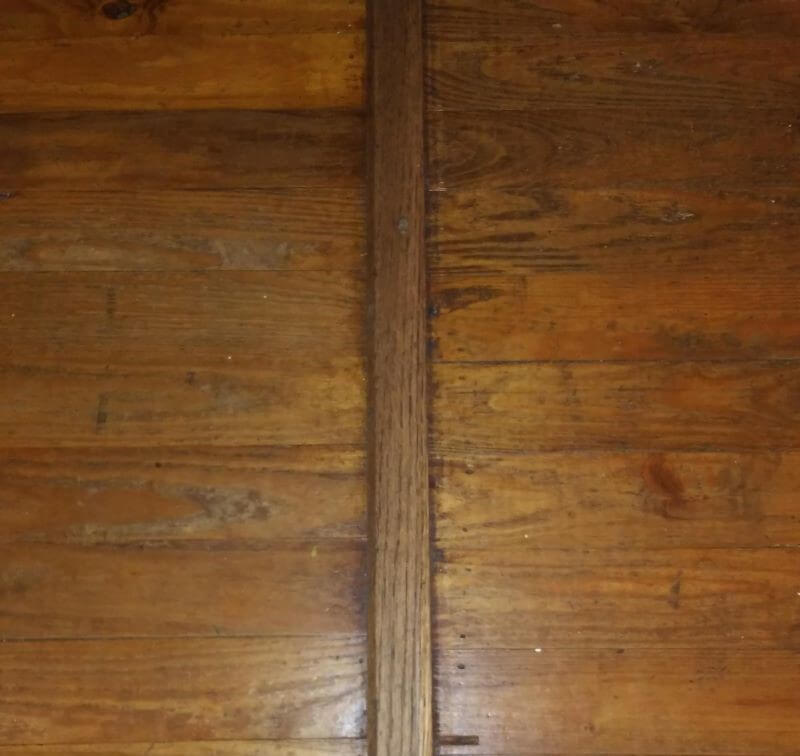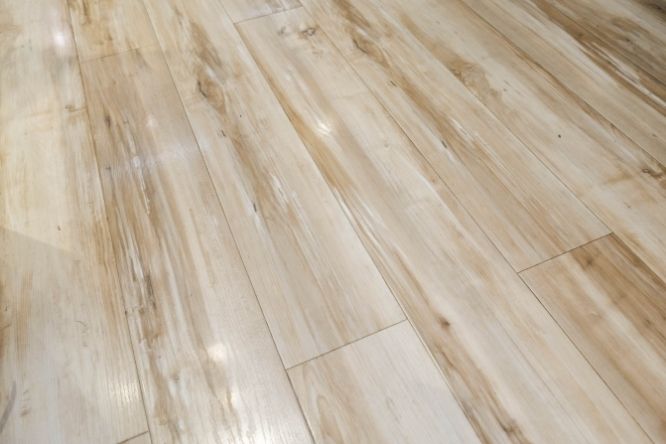Some things are meant to go hand in hand together, laminate floors and wax, however, do not belong to that select category.
So what do you do when you find out that your other half, your babysitter, or soon-to-be least favorite cousin has decided to provide an extra touch of shine to your laminate floor, using either floor wax to give it a pleasant polish, or a floor cleaner which contains the substance?
How do you handle the inevitable dullness which sets in making your floor which you were once so proud of seeming as though it needs an immediate and thorough clean?
How can you get rid of all that wax and enjoy a pristine laminate floor once more?
Find out what you will need and what steps to take to have your floor cleaned to a state of perfection once again.

How To Remove Wax Buildup From Laminate Floors
Things You’ll Need
Removing wax buildup from laminate floors is an undertaking that is likely to require a great deal of elbow grease on your part. Having the right items for the task, however, can ensure all that effort yields rich dividends.
Here are the items you will need to rid your floor of the coating of wax covering it:
- Hairdryer
- Plastic drywall scraper
- Bucket
- Water and vinegar (for your homemade cleaning solution)
- Clean cloths
- Vacuum cleaner
1. Vacuuming Your Floor
This first step will make the entire process easier by removing any lingering debris. You will need to ensure that you do not use the beater bar or rotating brush during the procedure since doing so may result in the floor getting covered in scratches.
2. Soften the Wax
Wax can be softened by applying heat to it and doing so will make the entire process of removing the wax buildup from your laminate floor easier.
However, steam mops are not a suitable option for surfaces in this category since manufacturers usually do not approve of using them on floors that have not been completely sealed.
Using them on laminate floors does mean that the moisture can seep between the planks and cause damage to your flooring.
Hairdryers are the best option and you will need to set the appliance you intend to use to medium before heating the wax with it.
3. Scrape off the Wax
You will need to use your plastic hand scraper to remove the softened wax. For the best results, you should draw the tool lengthwise down the planks.
Working across their width may not only cause smears but also cause the accumulation of wax between the planks.
A metal scraper should never be used in place of a plastic one.
4. Wipe off the Wax
Once as much wax as possible has been scraped off, you will need to mix your cleaning solution.
This will involve the following items:
- 1 cup white vinegar
- 1-gallon hot water
Simply mix the vinegar and hot water together in a bucket and it will be ready to use.
You will then need to dip a clean cloth in the vinegar solution, wring it and use it to wipe the wax, moving the wet cloth in one direction only. You will also need to rinse the cloth in the solution and repeat.
Alternatively, you may also pour the solution in a spray bottle and spray slight amounts on sections that need to be cleaned.
If you prefer to work from a standing position instead of having to kneel, it will also be possible to wrap the cloth around a microfiber mop head.
5. Buff the Floor
Once you have covered the entire surface, you will need to leave it to dry, allowing a minimum of 30 minutes to elapse.
Any spots should be buffed with a microfiber cloth as doing so will ensure the entire floor will have a uniform gleam at the end of the procedure.
Additional Tips: Removing Wax From Laminate Flooring
1. Use Rubbing Alcohol
Other than a vinegar and water solution, wax on laminate flooring can also be removed using rubbing alcohol.
Simply apply it to a cloth and use it to clean the wax buildup. (You will need to have scraped the surface first.)
2. Use Mineral Spirits and Paint Thinner for Difficult Spots
What happens when you come across particularly stubborn patches of wax that simply will not budge? Apply mineral spirits or paint thinner to remove them and render your laminate floors wax-free.
3. Use the Hard Floor Attachment
When vacuuming, use the hard floor attachment rather than the beater bar. The latter is meant for carpeting and its bristles rotate thousands of times each minute. Using them on your laminate flooring (or even hardwood surfaces) will result in a dull appearance due to the damage caused to the finish.
4. Use a Store-Bought Solution
There are store-bought solutions that can also be used to remove accumulated wax from your laminate floors.
Trewax Instant Remover is one such example. Versatile and free of any unpleasant odors, this cleaner manufactured by Beaumont Products is both safe and easy to use and has been proven to be capable of stripping off wax from laminate floors and also getting rid of unsightly footprints. It is also ammonia-free which is an added plus since the chemical is unsuitable for laminate floors.
Additional Tips: Cleaning Laminate Flooring
1. Always Use Manufacturer-Approved Cleaning Products
Using manufacturer-approved products will prevent your floors from taking on a filmy appearance which often occurs as a result of using the wrong sort of cleaning solution.
It can be especially difficult, or might even be impossible to remove, even when a switch to the right kind of cleaning product is made, hence, it is important to use the right products from the outset.
2. Vacuum Frequently
Doing so will prevent the buildup of debris which can cause scratches on your floor. It will also prevent the likelihood of bits of grit getting stuck beneath footwear or in your mop heads and possibly scratching the finish.
3. Wash Your Microfiber Mops Frequently
Doing so will keep them pristine and ensure they can also keep your floors spotless as a result.
Fabric softener should never be used when washing your mop heads. Doing so will cause the fibers of your microfiber mops to stick together.
Once this happens, your floors might take on that hazy appearance even though you use the right kind of cleaner.
4. Read Product Labels Carefully
What happens when you need to choose an alternative cleaner in the event of your go-to, manufacturer-approved floor cleaner being unavailable?
To ensure you select the right kind of cleaner, you will need to read the label carefully to check that it does not contain any wax.




